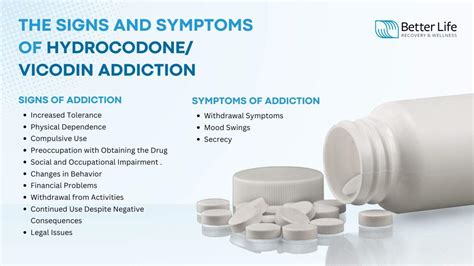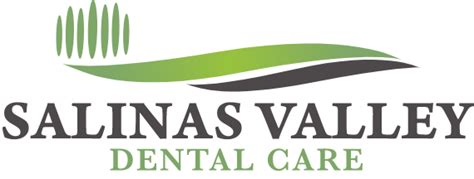The management of hypertension, or high blood pressure, is a critical aspect of maintaining cardiovascular health. Among the various pharmacological interventions available, carvedilol stands out as a versatile and effective medication. Carvedilol is a non-selective beta-blocker with alpha-1 blocking activity, making it uniquely suited for reducing blood pressure while also providing protective effects against heart failure. This article delves into the mechanisms, benefits, and usage of carvedilol in the context of hypertension management.
Mechanism of Action
Carvedilol operates through a dual mechanism that distinguishes it from other beta-blockers. It not only blocks beta-1 and beta-2 adrenergic receptors but also exhibits alpha-1 adrenergic blocking activity. This dual blockade leads to a decrease in peripheral vascular resistance, reduction in cardiac output, and a slowing of the heart rate, all of which contribute to lowering blood pressure. The alpha-1 blocking effect, in particular, causes vasodilation, which is beneficial in reducing afterload and improving cardiac function in patients with heart failure.
Clinical Benefits
The use of carvedilol in managing hypertension offers several clinical benefits: - Cardiovascular Protection: By reducing blood pressure, carvedilol decreases the risk of cardiovascular events such as heart attacks, strokes, and kidney disease. - Heart Failure Management: Its unique mechanism makes it particularly beneficial for patients with heart failure, where it has been shown to improve survival and reduce hospitalizations. - Anti-anginal Effects: Carvedilol can also help in reducing the frequency of angina attacks by decreasing myocardial oxygen demand.
Usage and Dosage
The dosage of carvedilol for the management of hypertension is typically started at a low level and gradually increased until the desired effect is achieved. The usual maintenance dosage ranges from 20 to 50 mg per day, administered in a single dose or divided into two doses. It is essential to monitor blood pressure regularly and adjust the dosage as needed to achieve the target blood pressure levels.
Side Effects and Precautions
Like all medications, carvedilol can cause side effects, the most common of which include dizziness, headache, and fatigue. Given its beta-blocking activity, it can also cause bradycardia (slow heart rate) and hypotension (low blood pressure). Patients starting carvedilol should be cautioned about these potential effects and monitored closely, especially during the initial treatment phase. Additionally, carvedilol is contraindicated in patients with certain conditions such as bronchial asthma, severe hepatic impairment, and cardiac failure that is not controlled.
Comparative Analysis with Other Antihypertensive Agents
Carvedilol’s efficacy and safety profile compares favorably with other antihypertensive medications. Its unique mechanism of action and benefits in patients with heart failure make it a preferred choice in certain clinical scenarios. However, the selection of carvedilol versus other agents should be based on individual patient characteristics, including comorbid conditions and potential drug interactions.
Future Trends in Hypertension Management
The landscape of hypertension management is evolving, with an increasing focus on comprehensive cardiovascular risk reduction rather than just lowering blood pressure. Emerging trends include the use of combination therapy as initial treatment, a more aggressive approach to blood pressure targets, and personalized medicine based on genetic and phenotypic characteristics. Carvedilol, with its well-established benefits and safety profile, is likely to continue playing a significant role in this evolving landscape.
Decision Framework for Prescribing Carvedilol
When considering carvedilol for a patient with hypertension, healthcare providers should weigh several factors: - Severity of Hypertension: The degree of blood pressure elevation and the presence of target organ damage. - Comorbid Conditions: Presence of heart failure, coronary artery disease, or other conditions that may influence the choice of antihypertensive therapy. - Potential Side Effects and Interactions: The patient’s susceptibility to carvedilol’s side effects and potential interactions with other medications. - Patient Preferences and Adherence: The importance of once-daily dosing and the patient’s ability to adhere to the prescribed regimen.
Practical Application Guide
For healthcare providers initiating carvedilol in patients with hypertension: 1. Start Low and Go Slow: Begin with a low dose and gradually increase as needed and tolerated. 2. Monitor Closely: Regularly check blood pressure, heart rate, and for signs of side effects. 3. Educate Patients: Inform patients about potential side effects, the importance of adherence, and the need for regular follow-up. 4. Individualize Therapy: Adjust the dosage and consider combination therapy based on patient response and clinical guidelines.
FAQ Section
What are the primary benefits of using carvedilol for hypertension management?
+Carvedilol offers the benefits of reducing blood pressure through its unique dual mechanism of action, providing cardiovascular protection, and improving outcomes in patients with heart failure.
How does carvedilol compare to other beta-blockers in terms of side effects?
+Carvedilol has a side effect profile similar to other beta-blockers but is distinguished by its vasodilating properties, which may offer some advantages in certain patient populations.
Can carvedilol be used in patients with asthma or chronic obstructive pulmonary disease (COPD)?
+Carvedilol should be used with caution in patients with asthma or COPD due to its beta-2 blocking activity, which can precipitate bronchospasm. Alternative treatments should be considered in these patients.
In conclusion, carvedilol presents a valuable option in the management of hypertension, offering a unique combination of blood pressure reduction and cardiac protection. Its use should be tailored to the individual patient, considering comorbid conditions, potential side effects, and the need for comprehensive cardiovascular risk management. As the field of hypertension management continues to evolve, medications like carvedilol will remain essential in the clinician’s armamentarium against cardiovascular disease.



